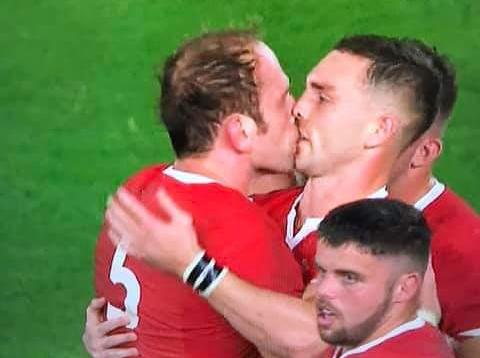Shoulder charge
Arm of the shoulder making contact with the ball carrier is behind the tackler’s body or
tucked in ‘sling’ position at contact
Yes there is head contact. Shoulder to head
VIDEO SIGNS INDICATING HIGHER DEGREE OF DANGER
Preparation
- Tackler draws the arm back prior to contact - maybe
- Tackler may leave the ground - no
- Arm swings forward prior to contact - no
Contact
- Tackler is attempting an active/dominant tackle, as opposed to passive/soak, or “pulling out” of contact - yes
- Tackler speed and/or acceleration into tackle is high- maybe
- Rigid arm or elbow makes contact with BC head as part of a swinging motion - no
Follow through
- Tackler completes the tackle (as opposed to immediate release/withdrawal) - yes
Mitigating factors
(must be clear and obvious and can only be applied to reduce a sanction by 1 level)
- Tackler makes a definite attempt to change height in an e�ffort to avoid ball carrier’s head - no
- BC suddenly drops in height (e.g. From earlier tackle, trips/falls, dives to score) - no
- Tackler is unsighted prior to contact - maybe
- “Reactionary” tackle, immediate release - no
- Head contact is indirect (starts elsewhere on the body and then slips or moves up resulting in minor contact to the BC’s head or neck) - no

